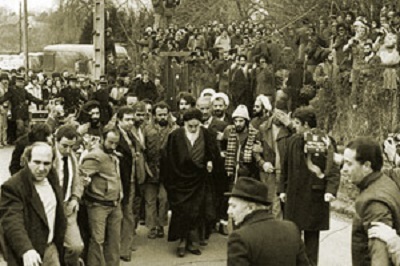- News code: 1270940
- Source: en.imam-khomeini.ir
Shah regime intensified crackdown against demonstrators. The Killings were accelerated, though they did not affect the people's uprising.
Shah regime couldn’t survive more than some months.
The desperate Shah asked the American and British embassies for a solution but none of their former plans had been useful. Multi-million-man demonstrations, which were termed "people's informal referendum against the Shah's monarchy", were held on the days of Tasooa and Ashura (9th & 10th of Moharram), in Tehran and other cities.
Shapoor Bakhtiar, a National Front top man was the US's last dice to be introduced to the Shah as the Prime Minister.
Leaders of the four industrial nations at Guadalupe had expressed their joint views in support of Bakhtiar.
Following this, General Huyser, Deputy Commander of NATO, made a trip to Iran on a secret mission for two months.
He later revealed in his confessions that his mission was to secure the support of the military forces for Bakhtiar, to organize his government, break up the strikes and prepare a coup d'etat for returning the Shah to power--similar to what had happened on 28 Mordad 1332 AHS.
But, Imam Khomeini's messages about the necessity to continue the fights, made all Huyser's plans fall through.
In Day 1357/December 1978, Imam Khomeini established the Revolutionary Council.
The Shah fled the country on 26 Day, two days after calling to meeting the Council of Monarchy and obtaining vote of confidence for Bakhtiar’s cabinet.
News of the Shah's departure delighted the people in Tehran, and then all over the country people poured out in the streets, singing and dancing.
Huyser's regular meetings with US military advisors and generals of the Shah's army could not help Bakhtiar to suppress the strikes and end the people's uprising.
Read more:
Imam Khomeini guided critical period of Islamic movement from Neauphle-le Chateau

